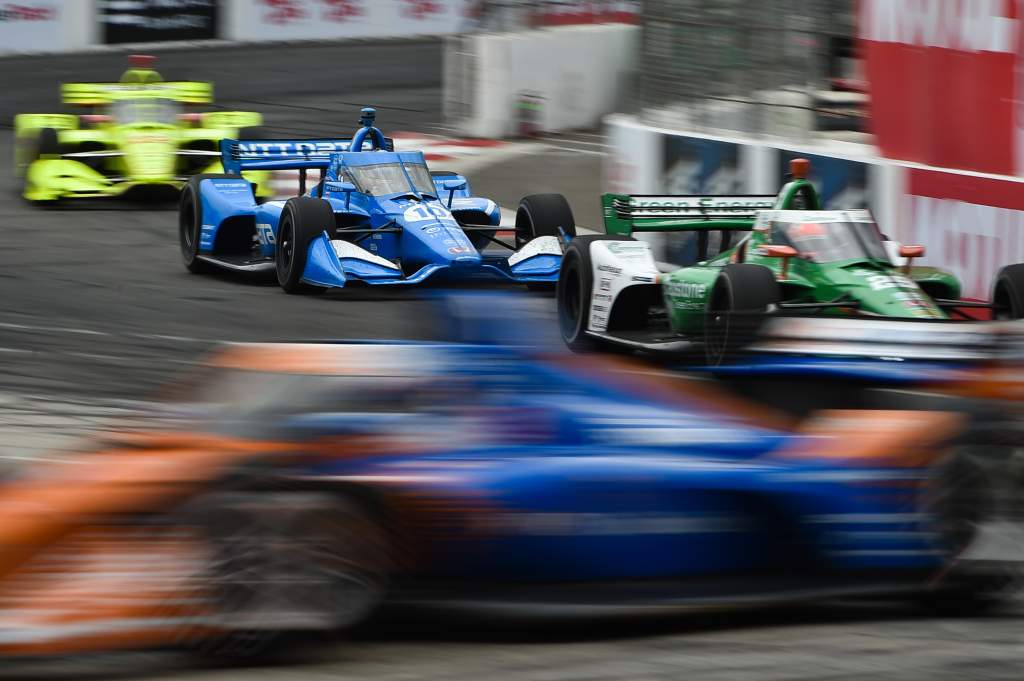The 2021 IndyCar season is in the books with Alex Palou winning his first championship, taking just one season to reward Chip Ganassi Racing for signing him from Dale Coyne Racing.
The Race breaks down the key moments that cost Palou’s three main rivals and led to his crowning glory.
Palou’s first win as Newgarden and O’Ward squander
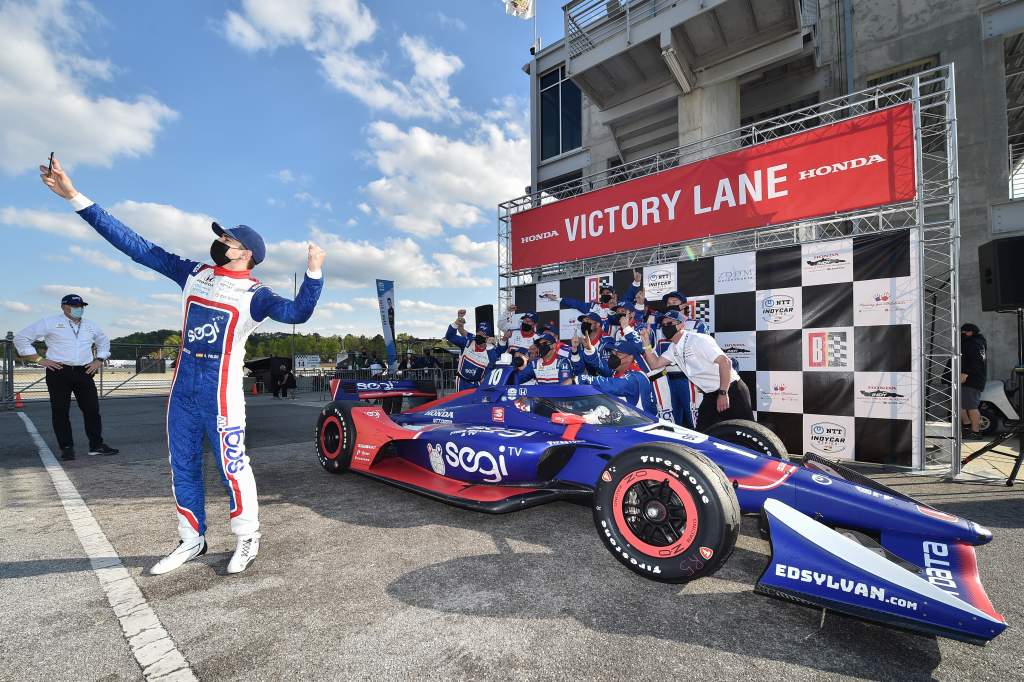
It’s fair to say that after a sometimes impressive rookie season but ultimately disappointing 16th-place championship finish in 2020, it was difficult to know what to expect from Palou.
However, when he rocked up and ended the Barber and Laguna Seca tests the quickest of the Ganassi drivers, eyebrows and expectations in the team were raised equally.
Fast forward to the first race of the season at Barber and the question remained, how would Palou react to racing on a number of tracks returning to the calendar after being wiped off by the covid pandemic in his maiden year?
Very well was the answer, as he was fastest in practice, qualified third and was in the best position to benefit from polesitter Pato O’Ward and second place driver Alexander Rossi pitting early – which ultimately put them out of position.
Ganassi may have known what it had after the tests, but the Barber race win showed everybody that Palou could succeed on a new track he hadn’t raced on before and that he was going to be a problem for the opposition all year long.
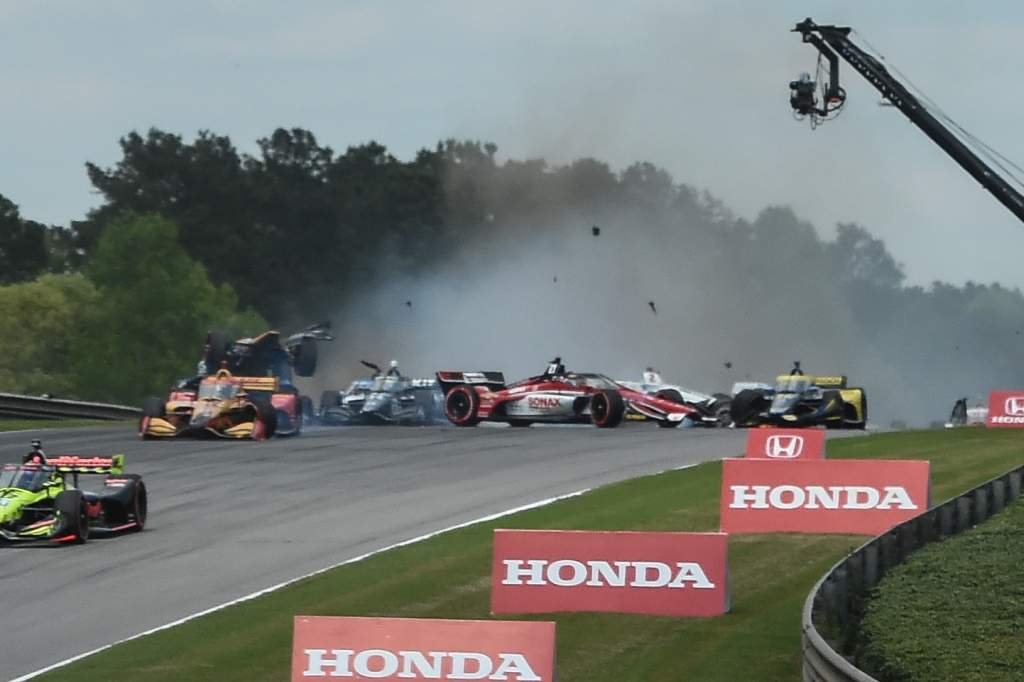
It was here Penske’s Josef Newgarden’s season began with a crash on the first lap, a rare mistake as the car went light over the crest at Turn 4. It teed up a difficult start to the year where Penske struggled to net big results.
This race was also a sign of things to come for O’Ward. His pole came days after being promised a Formula 1 test for a race win by McLaren CEO Zak Brown, but the early pitstop supposedly brought about by a slow puncture would set a theme. He’s still yet to win from pole and has finished second, third, fourth and fifth after starting from the front.
O’Ward to the fore, the new guard is coming
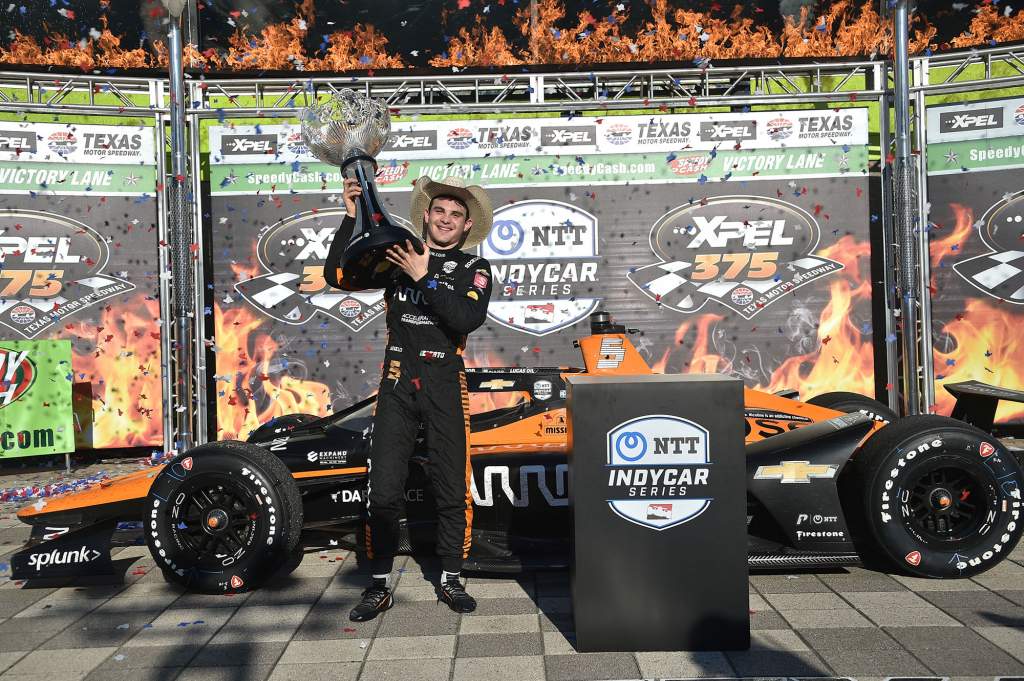
With its unique system of having a team back at McLaren’s base in Woking – making it closer to an F1 team than any in the IndyCar paddock – expectations of the second year of the Arrow McLaren SP relationship were high.
However it was soon clear that some of the problems from the previous year still existed – with the car being hard on its tyres and quite inconsistent track to track.
After squandering the pole at Barber O’Ward was 18th in St Petersburg, but at Texas things began to look up.
With the grids set on championship order because qualifying was rained out, O’Ward started race one 11th but a storming drive to third put him fourth on the grid for race two, in which he finally delivered on his and the team’s promise of scoring its first win as a group since joining together at the end of 2019.
With wins for Palou, Colton Herta and O’Ward at the beginning of the season, it was clear that it wasn’t going to be your typical Newgarden/Scott Dixon two-horse race, especially as Dixon’s season was about to take a turn for the worst in the race after Texas.
Dixon’s Indy 500 nightmare
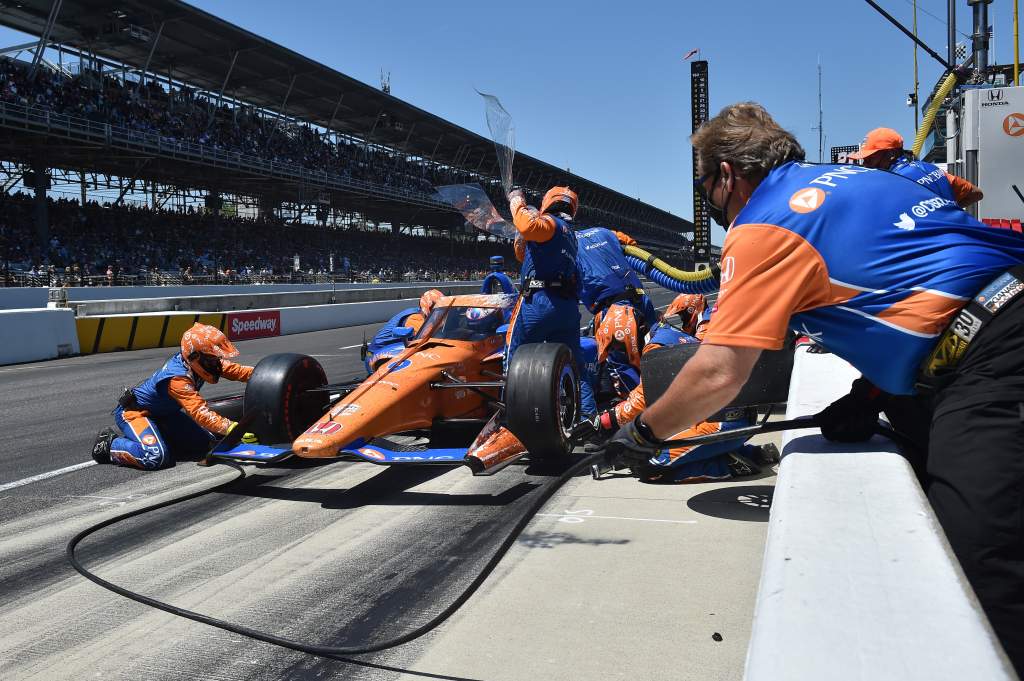
Dixon’s pole for the Indianapolis 500 was his first in IndyCar since the 2017 event, an unbelievable feat given he’d won two titles since then!
However, an ill-timed caution at the start of the race meant he ran out of fuel and went out of contention. He may have scored nine points for pole, but he missed out on double race points. Had he finished in the top five he could have easily matched Newgarden’s score at the end of the year but instead finished fourth.
The race was much better for Palou who was leading late on before being jumped by Helio Castroneves, something which Palou felt pain for having lost the win, but may well make him a much better driver at the Indy 500 in the future given the lessons he learned on the day.
Since his rookie year he has been impressive at the 500 and as long as there are double points there that will always be crucial to the title.
Speaking of which Newgarden and Penske’s struggles as a whole continued as the team struggled to get all its cars through qualifying and Newgarden could only finish 12th, while O’Ward was sixth in a result that helped with his title aspirations.
Another new star on the scene
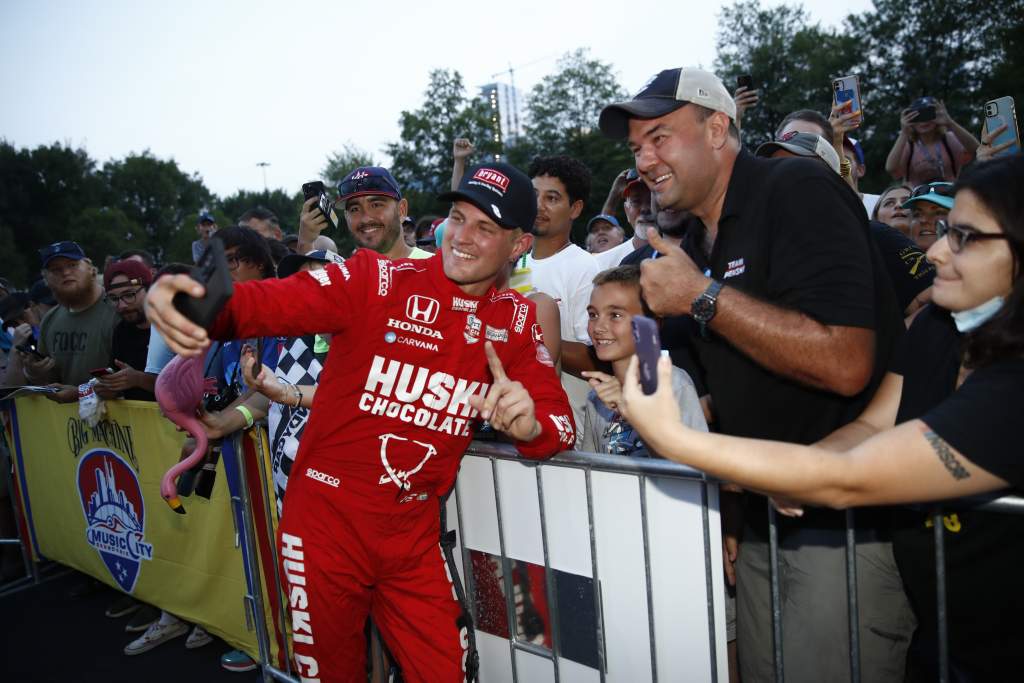
Looking at the standings after the Indy 500, you might be forgiven for thinking that Marcus Ericsson’s second year at Ganassi and third in IndyCar would mirror the others: consistent, but lacking in the high peaks that create title contenders.
However, a first IndyCar win in Detroit the next race – following Will Power’s car expiring under a red flag – was a huge breakthrough that led to Ericsson scoring nine top 10s in 10 races to end the season.
Perhaps even more impressive, he sustained his peaky form, with one of his best drives of his season at Mid-Ohio to gap Palou by over 20s and reel in Newgarden to fight for the win, and then in Nashville he won again.
He crashed into Sebastien Bourdais under caution and had a huge airborne incident but made the most of the strategy that delay teed up to lead towards the end, and held off Herta in what Ericsson called one of the best drives of his career and one that briefly made him look like a title threat.
With a new multi-year deal at Ganassi signed, the next test will be if Ericsson can maintain his post-500 form and turn that into a more significant title push.
Newgarden’s Road America hell and west coast qualifying woe
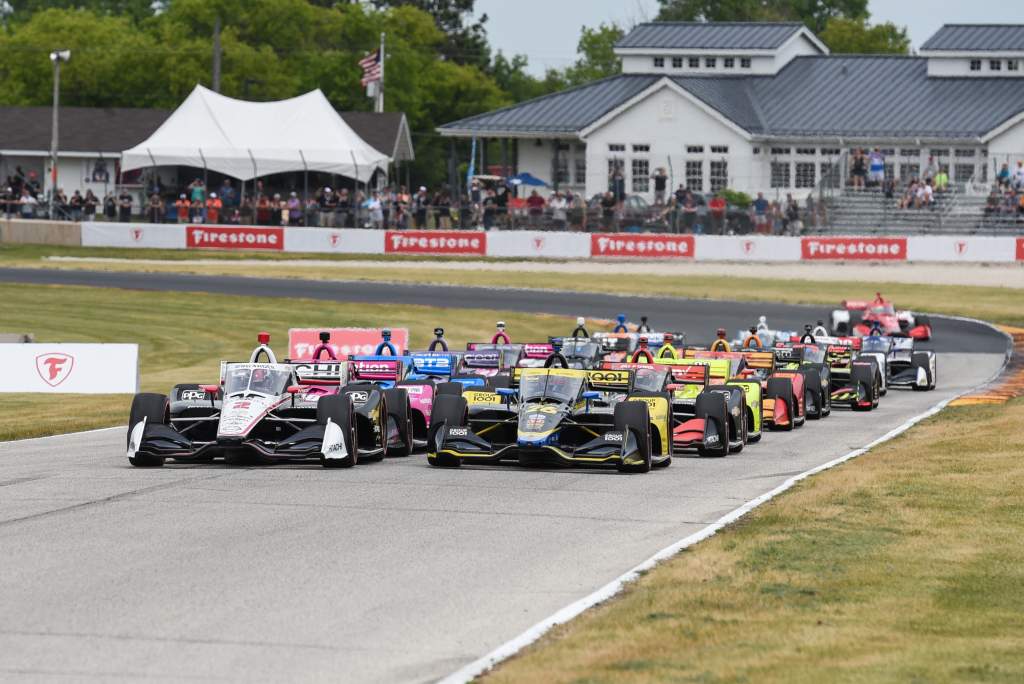
After eight races Penske still didn’t have a win across its four cars, but at Road America Newgarden delivered a stunning qualifying performance by opting for the harder tyre.
He dominated the race until a gearbox issue with just two laps to go led to him grinding to a halt.
It was pivotal as not only did he lose the points and finished 21st, he handed the win over to Palou who retook the points lead from O’Ward – who had won the previous race at Detroit with a late pass on Newgarden owing to fresher tyres.
The Road America retirement felt like a pointer that things just weren’t going to happen for Newgarden in 2021.
His qualifying was sublime in this period – three poles in a row across Detroit, Road America and Mid-Ohio – which made his run after this even more confusing; he started in the top 12 only twice in the six races after Mid-Ohio, the track he finally won at after resisting late pressure from Ericsson to take Penske’s first win of the year.
Qualifying 18th at Portland and then 17th at Laguna Seca put him on the back foot in the title run-in and even a pole and second place at Long Beach wasn’t anywhere near enough to overcome Palou.
Herta’s rollercoaster, Palou’s blows
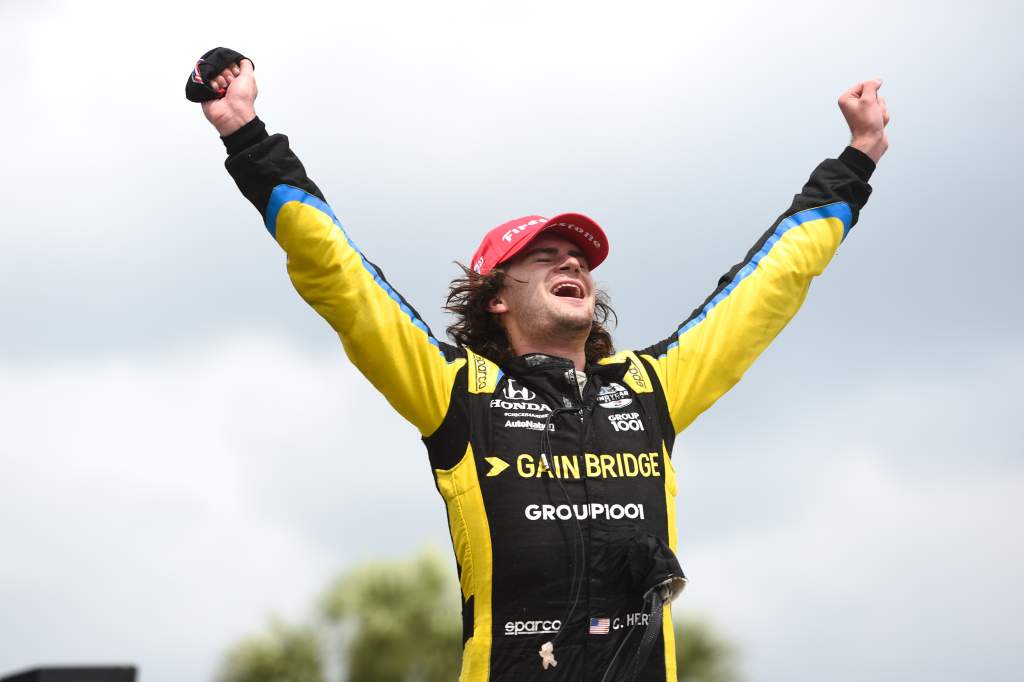
If it felt like if any driver deserved to be in the title fight but wasn’t, it was Herta who was the series’ most dominant driver on his day, especially on street courses.
He won the second race of the season at St Pete from pole, and went on to score another two poles at Nashville and Laguna Seca.
He should have won at Nashville where strategy worked against him and he crashed trying too hard to pass Ericsson, and should have had the pole at Long Beach, where he also crashed.
While things like a fuel hose problem at Mid-Ohio and a bearing issue at Texas proved to be bad luck for Herta, he made a few too many mistakes in a year four other drivers were very consistent in the hunt for the championship.
While Herta was easily the street course star, questions were raised over Palou’s form there, probably unfairly.
He had a technical issue at St Pete and then a 15th and a podium at Detroit. At Nashville he bagged seventh after one of his many engine penalties hampered progress and at Long Beach he added fourth to seal his championship.
That’s hardly the form of someone who can’t drive street courses! Especially given the only one he had driven before was St Pete.
Palou’s west coast swing recovery
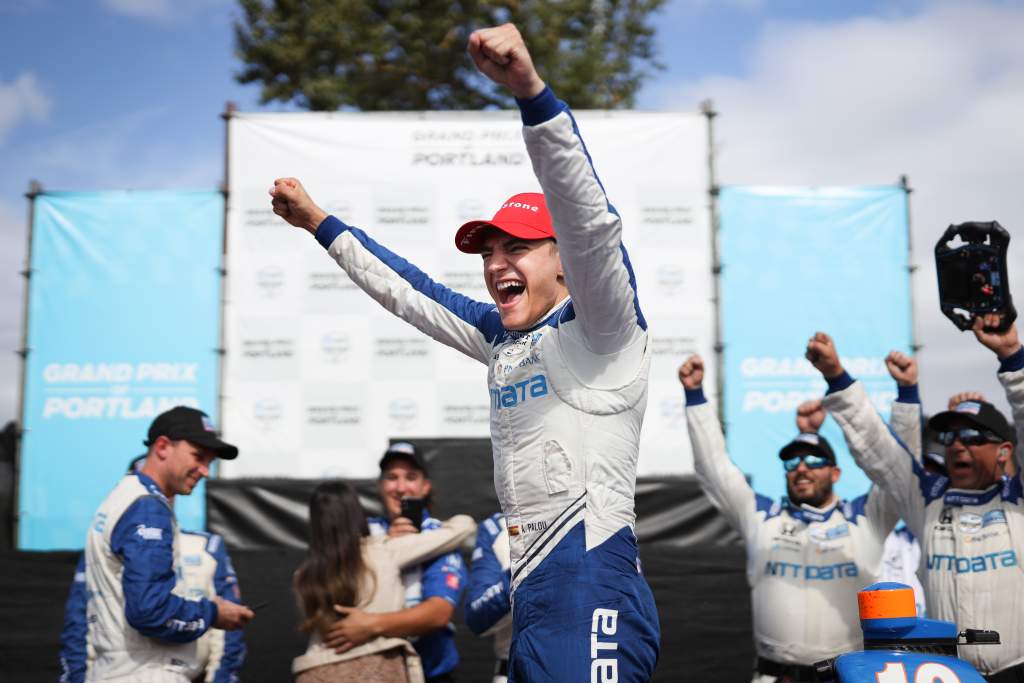
Entering the last three races Palou must have thought his title hopes were – if not knocked out – then certainly on the ropes.
Engine issues had plagued his season. Because the pool of four engines is active from testing, a pre-season loss of a unit meant he started the racing year with only three engines – making penalties later in the year certain.
He lost an engine after crashing in Indy 500 qualifying then lost another on the Indy road course in August while running in the top five.
At Gateway next time out he was crashed into having already worked back into the top 10 in the first 60 laps after a nine-place grid penalty for another engine change.
Coming into the last three races then Palou was 25 points adrift of O’Ward, and then a first lap melee at Portland sent Palou to 16th having started on pole.
Perhaps it’s here where his fortune changed though as despite this bad luck, it put him on the winning strategy that would allow him to eradicate fuel saving and push to the end.
When the previous two-stoppers also switched to three stops, his glory was set and he drove back through to the front.
This result came with enormous work behind the scenes where Palou and the team didn’t take any holiday in the long break before the final three races. Instead they worked hard to improve and tweak ahead of racing at three tracks Palou hadn’t been to before.
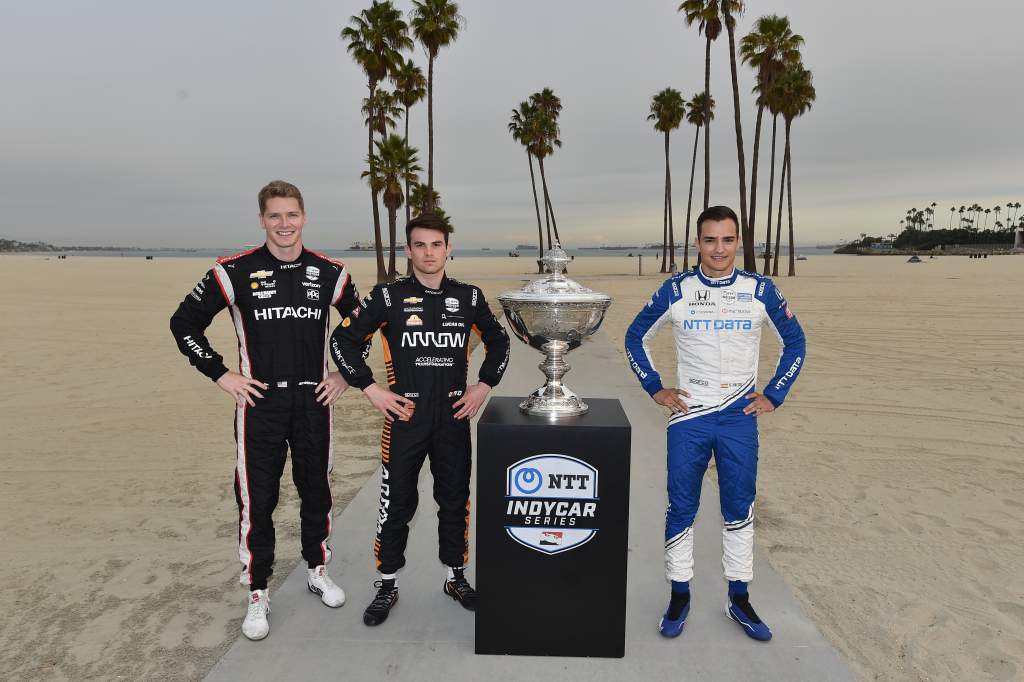
The work paid off with a win, a second and a fourth place finish to end the season, and being able to enter the Long Beach finale with everything in his control and a 12th place guaranteeing the title made things all the more easier for the composed and impressive sophomore.
With his points rivals hitting trouble in these races, it was exactly the efficient end to the year Palou needed, and his measured and calm approach is one that should work again and again.
The rest of the paddock will be well aware that Alex Palou is going to be a difficult person to beat in the future.

